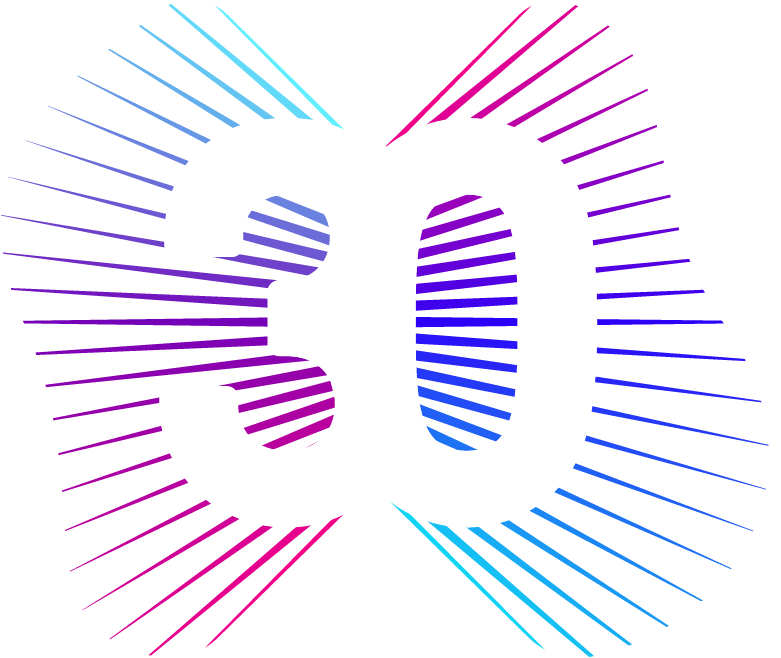Authored By
Mark Abraham (DataHaven)
Date
May 05, 2013
Partners
Aspen Institute Roundtable on Community Change
Project Background
This report helps develop a baseline of information about a variety of barriers that may prevent AfricanAmerican men in Bridgeport and other Connecticut cities from achieving their full health potential. When these barriers involve system-wide, avoidable and unjust social and economic policies that create unequal access to opportunity, they are often known as “health inequities.” To gather these data, the Aspen Institute has engaged DataHaven, a New Haven-based nonprofit organization whose mission is to help improve access to and use of public information within local communities in Southern Connecticut. DataHaven is a partner of the National Neighborhood Indicators Partnership, a collaborative national effort by the Urban Institute and approximately 40 local partners who further the development and use of neighborhood information systems in local policymaking and community building. Further information on the data in this report is available from DataHaven.
Place Matters: Profile of Bridgeport Neighborhoods where African-American men live
“We know that a child’s life expectancy is predicted more by his ZIP code than his genetic code.” RWJF President and CEO Risa Lavizzo-Mourey, MD
Neighborhoods play a critical role in health. In particular, neighborhoods have been shown to have a deeply-ingrained association with life expectancy. In many cities, life expectancy can differ by 20 or more years from one neighborhood to the next. This is because access to life-enhancing resources such as jobs, transportation, fresh air, quality foods, housing, places to exercise, and good schools, and an individual’s risk of injury from crime victimization or from a traffic crash, are partly determined by place.
In addition to our citywide analyses throughout this document, we looked at the neighborhoods where African-American men are most likely to be living. The five neighborhoods highlighted in red on the map – Boston Ave/Mill Hill, East End, North Bridgeport, Reservoir Whiskey Hill, and West End – are those where the proportion of African Americans is significantly greater than that of the city (35%). We grouped these five areas into a category that we will call “Predominantly African-American neighborhoods” allowing them to be compared with “Other Bridgeport neighborhoods” or with the Greater Bridgeport area as a whole. Although this analysis is fairly simple, we believe that it allows a better understanding of the neighborhoods where African-American men are most likely to live than that provided by a simple look at citywide or regional statistics.




